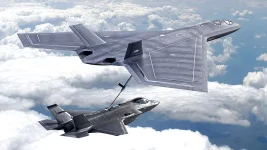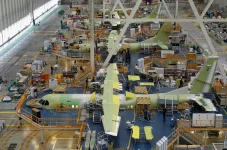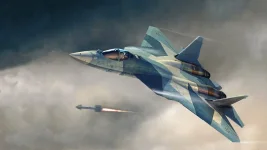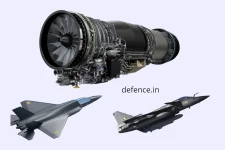- Views: 2K
- Replies: 23

The US defence industry is actively pursuing a significant role in India's ambitious military modernization drive. Following a proposal to co-develop Stryker-based armored vehicles, the US is now targeting the massive Future Ready Combat Vehicle (FRCV) program.
The FRCV project, valued at a staggering Rs 57,000 crore, seeks to replace India's aging T-72 tank fleet with 1,770 next-generation combat vehicles by 2030-35. These advanced machines will feature cutting-edge technologies like Artificial Intelligence (AI), integrated drones, and active protection systems.
Sources indicate that the US is engaging through diplomatic channels, aiming to reduce India's reliance on Russian military hardware. Currently, the Indian Army heavily utilizes Russian tanks, including the T-90, T-72, and even older T-55 models.
India's premier defence research organization, DRDO, is expected to lead the charge, developing an indigenous FRCV solution. Private sector giants like Kalyani, Mahindra Defence, Tata, and Larsen & Toubro (L&T) are also keen to offer their FRCV designs. Potential strategies for these companies may include collaboration with US defense firms to leverage their expertise in main battle tank development.
The FRCV program presents a crucial opportunity for India to achieve self-reliance in main battle tank production. While the US is making strong overtures, the final decision will hinge on the most compelling solution that aligns with India's strategic vision and defence requirements.






